5 Tips for Customizing Wristbands for Your Next Event

Have you ever stopped and stared at a bar or nightclub’s custom wristbands? It’s no accident if you do, as plenty of people keep their party wristbands long after the celebration has ended. Custom wristbands for events and venues serve as excellent branding opportunities for planners and also fashionable souvenirs for guests. To ensure yours end up as memorabilia instead of in the junk heap, we have five wristband customization tips for you.
Why Customize Wristbands?
Before we get onto the tips however, some may wonder why people bother with custom wristbands. After all, they require you to spend time and effort on design while plain wristbands can be ordered quickly. Despite that however, the benefits vastly outweigh the costs. Custom wristbands can not only enhance a guest’s perception of the event, but also give you the ability to recoup some of the cost of the wristbands—if not more.
Stock-design bands are great if you have an event coming up in just a few days and you need them quickly, but if you give yourself enough time, custom wristbands stand out so much more. This is especially true if you decide to go with custom RFID wristbands, which not only make guest admittance easier, but also aide in point of sale and patron segmenting.
Tip #1 – Material Matters
Custom wristbands can be made in a variety of materials, but the most common ones are: Tyvek®, vinyl, plastic, silicone, and woven fabric. The material impacts how your design translates from the computer screen onto the actual wristband. For single-use wristbands, Tyvek, vinyl, or plastic are the most common materials.
Designs printed onto Tyvek tend to bleed slightly, so make sure any images you want to use don’t have too much detail or thin lines.

Can support much greater detail but feels noticeably thicker than Tyvek.

Supports a great amount of detail while being about as thin and comfortable as Tyvek.

Commonly used for multi-day events or even as a fashion accessory. Commonly used by nonprofit organizations and charities to promo awareness. They are used mainly for messaging and branding through text, which can be embossed, silkscreened, or debossed onto the band.
![]()
Some of the most eye-catching music festival wristbands are made of woven fabric. They support full color images and text due to cyan, magenta, yellow, black (CYMK) threads. It is a similar concept to inkjet printers. Highly detailed designs can be created, though not to the level as on plastic or vinyl.
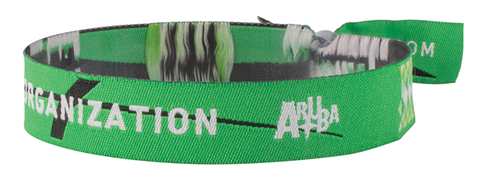
Tip #2 – Color Contrasts
Color is a big a consideration, as you may want to match the color of the wristband to the color themes of your event or branding. But before choosing that dark blue wristband, keep in mind the color of the text or logo you plan to print onto it. Some wristbands only support a limited number of print colors, and you don’t want to end up with black text on a dark-colored wristband. When you use PDC’s customizer, we indicate which colors are supported, so try to pick ones that contrast with each other. For example, if you have an orange wristband, go with a dark color like blue or black for text.
Tip #3 – DPI—What Is That?
DPI, or dots per inch, means how many dots are present in one square inch, and is a measurement of print resolution. It comes into play most importantly when choosing an image or logo for your custom wristband. You want high DPI because using a low DPI image will lead to a blurry final result. Stick with 300 DPI as a general rule of thumb, as it will ensure your image remains clear and crisp when printed.
Before you decide to use your website’s logo on your wristband, be aware that images you see on the Internet are often 72 DPI. That is far below the recommended 300 DPI. If possible, try to use the vector file that your designer initially made. JPG and GIF file formats are not suitable for wristbands.
Tip #4 – Proper Placement
Once you have an image file with the proper DPI, it’s time to use PDC’s robust customizer tool to place said image onto the wristband. If you look at the side of the wristband in the screenshot below, you will notice that the adhesive cut and serialization wrap around and go above the right side of the wristband. What does this mean for you? Well, any logo or text on the right side may get covered by the left. When designing your wristband, keep the most important elements on the left side of the wristband.

Tip #5 – Give Yourself Enough Lead Time
So you finally have the material picked out, and now it’s just a matter of ordering your wristband. But did you give yourself enough lead time for production and shipping? While plain stock wristbands can be quickly shipped as-is, custom wristbands require a additional time.
An artwork team reviews your requested design and determines whether or not a wristband can be printed according to your template's specifications. In very rare cases, designs with extremely thin lines or overly subtle shading may need revision. So to ensure that you get your customized wristbands with plenty of time to spare, order 10-15 business days before you need them.

 FREE GROUND SHIPPING OVER $99
FREE GROUND SHIPPING OVER $99
 SAFE AND SECURE
SAFE AND SECURE
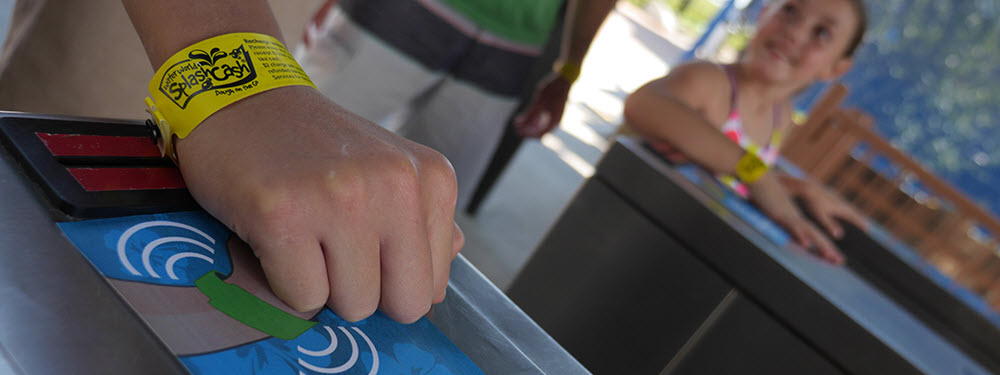
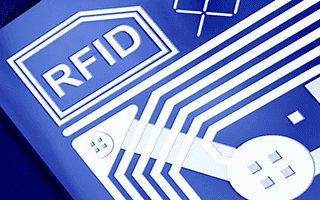
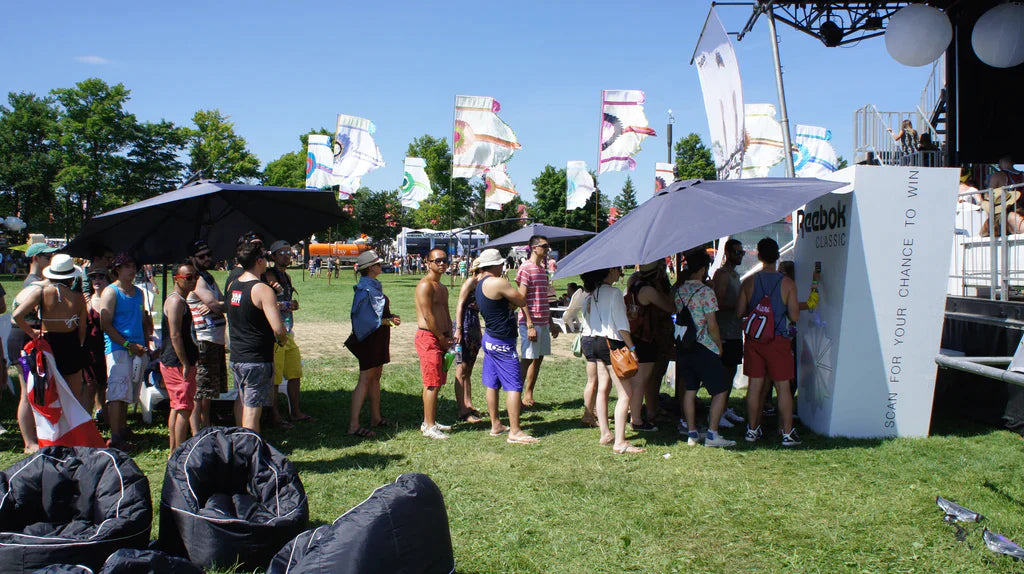

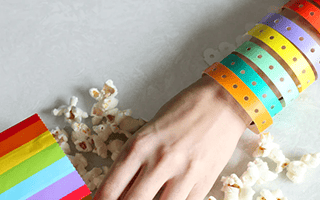

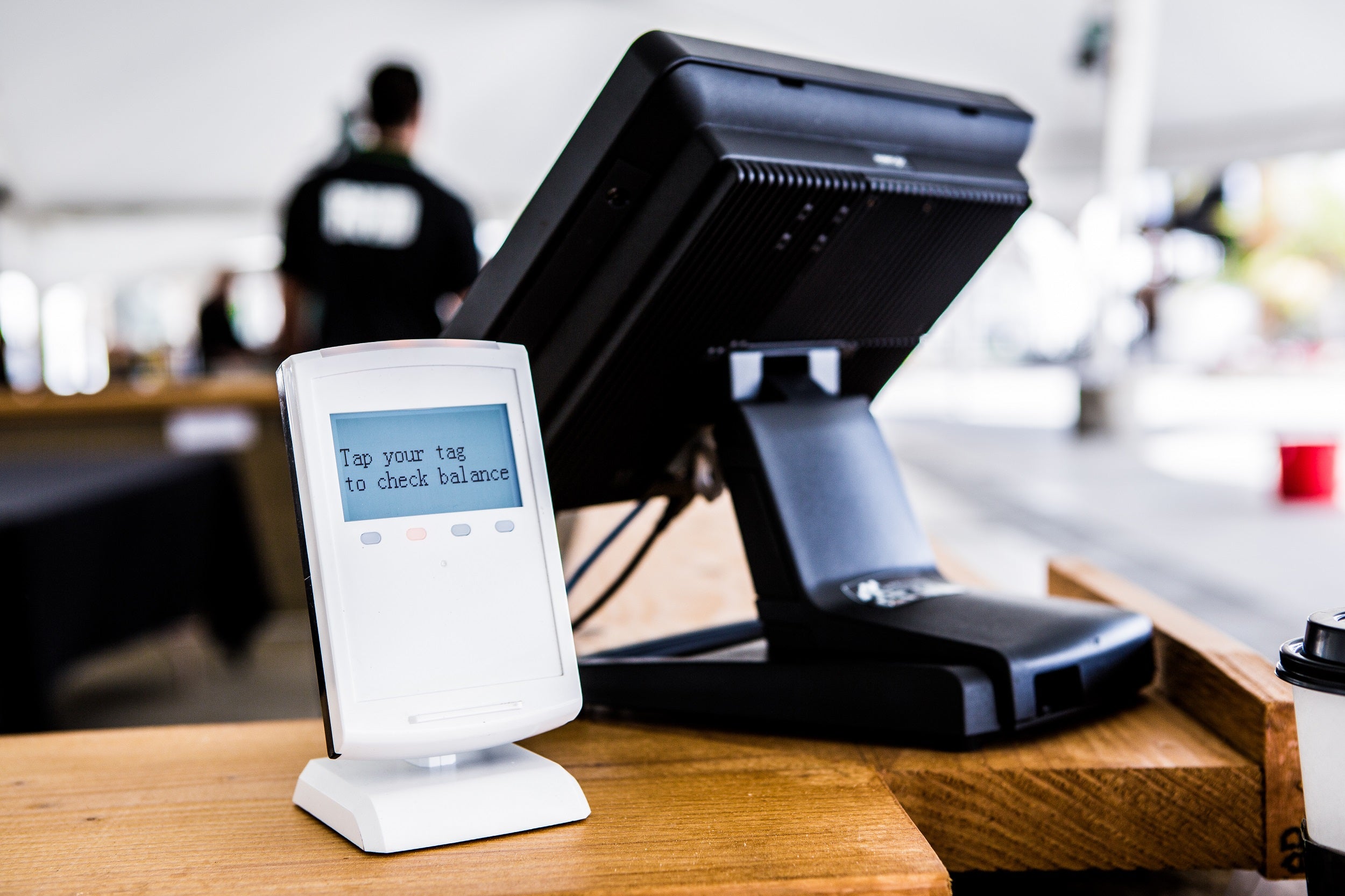


I would like a wristband that is compatible with my road id I won the Bicycle national championship in 2016 and would like a replica of the wristband that I was awarded
Nice ! This blog provides a good knowledge tips of silicon wristband. Thank You for Sharing
It really helped me when you said that that silicone wristbands are mainly used for messaging and branding through text, which can be embossed, silk screened, or debossed onto the band. Our group is planning to have a community event in May, and I think that silicone wristbands can help the guest admittance easier. I will advise my group that we should consider this for our event. https://schoolwristbandsdirect.co.uk/t/plain-silicone-bands